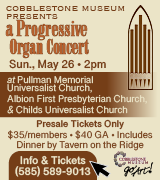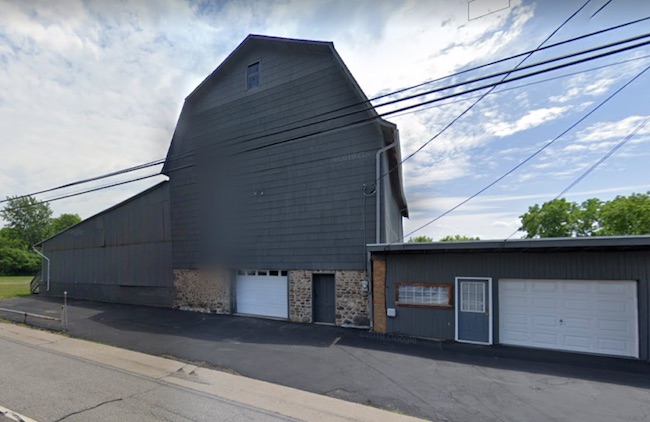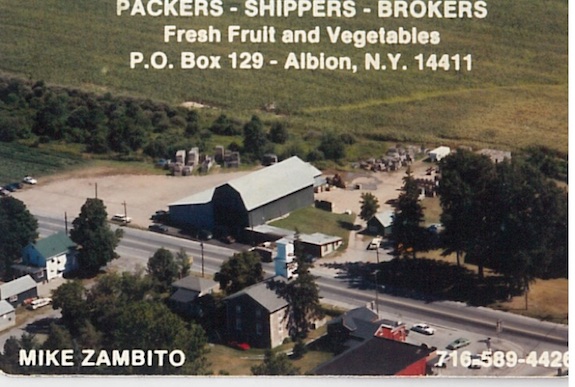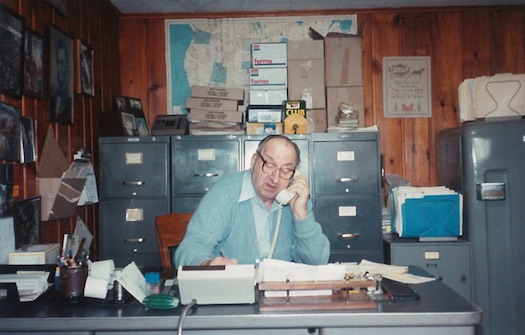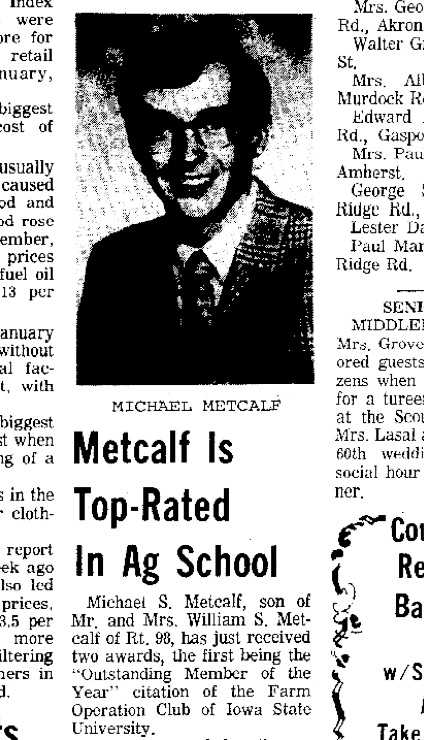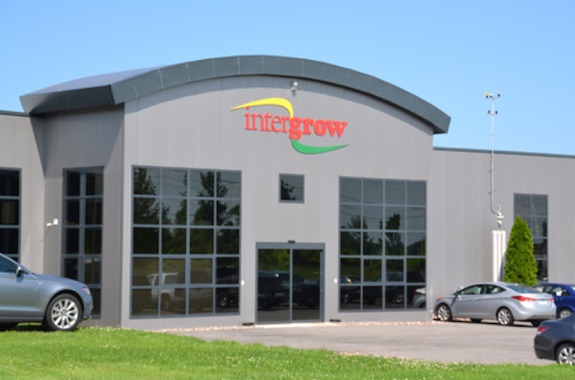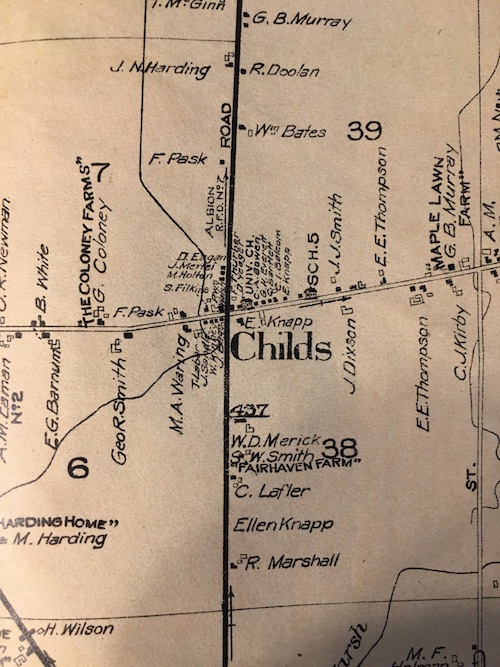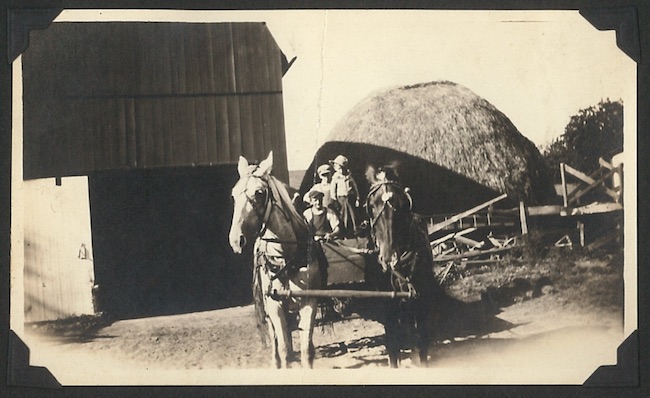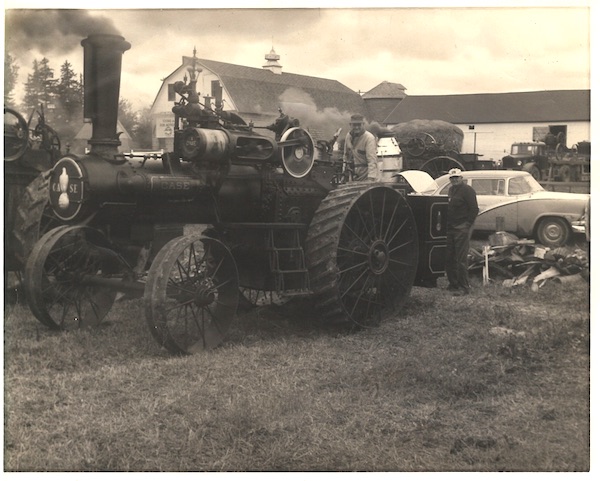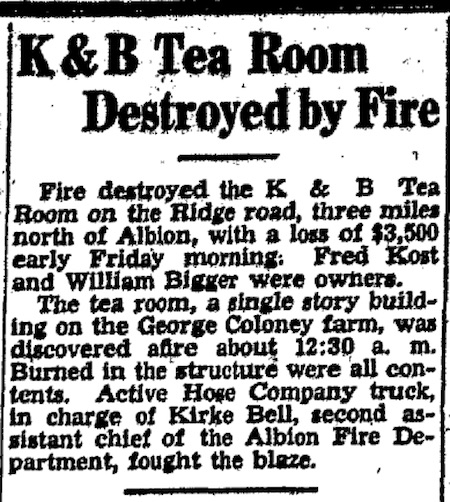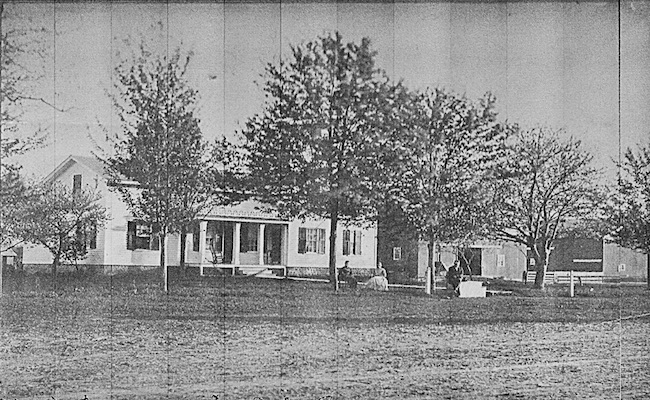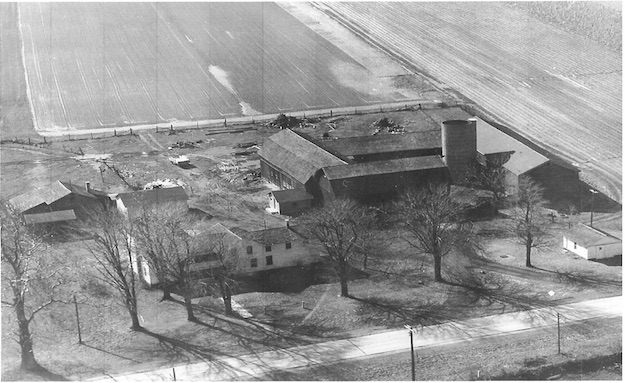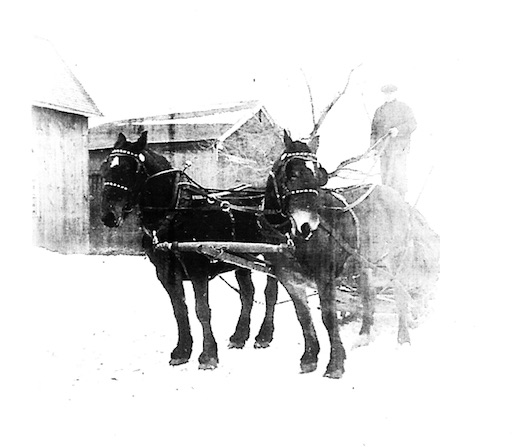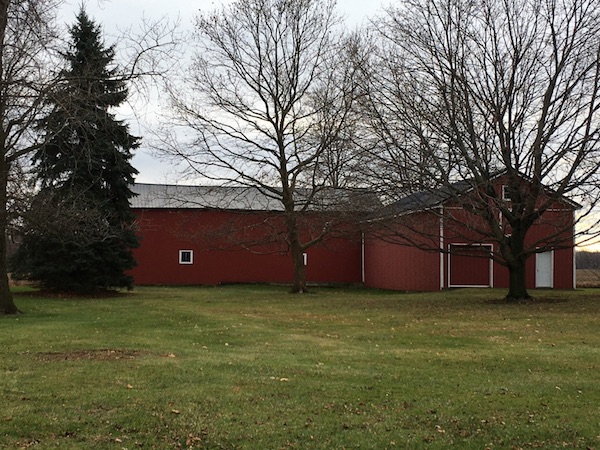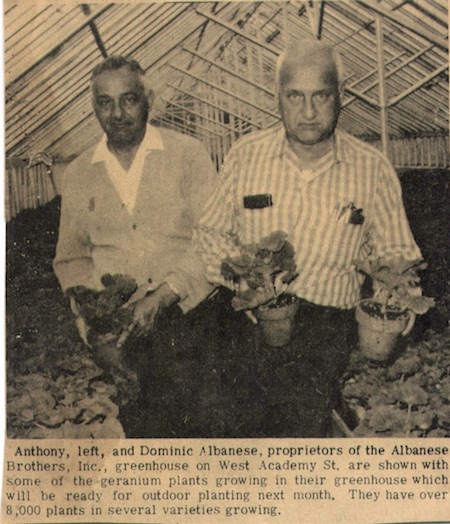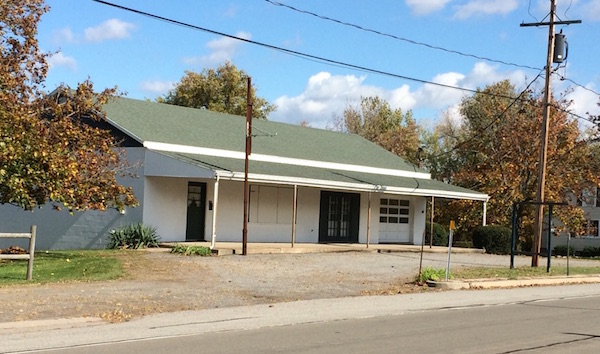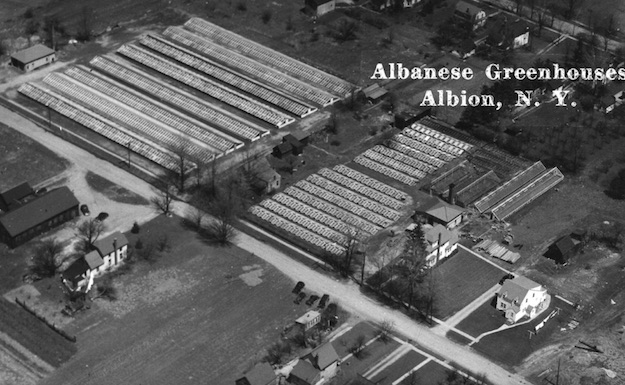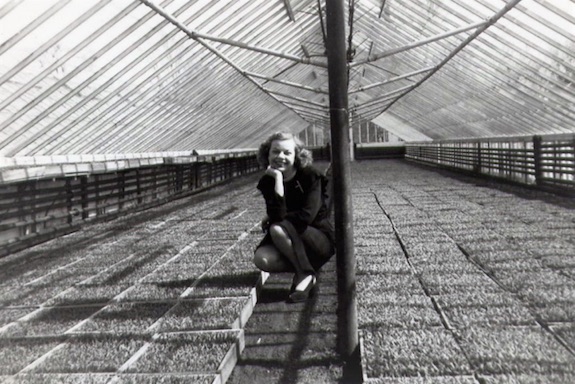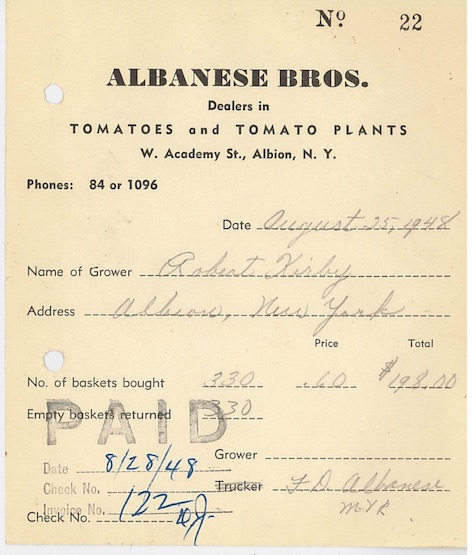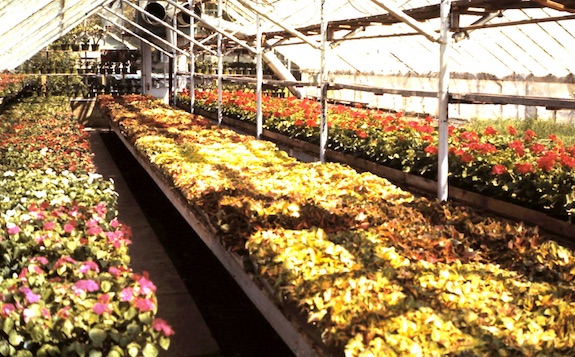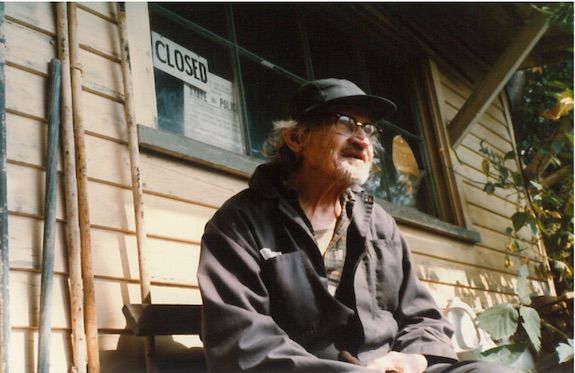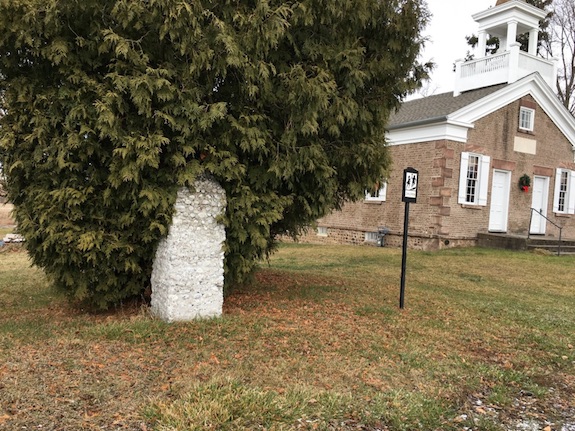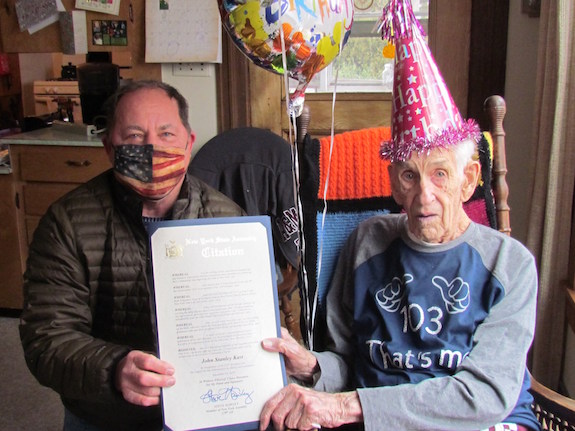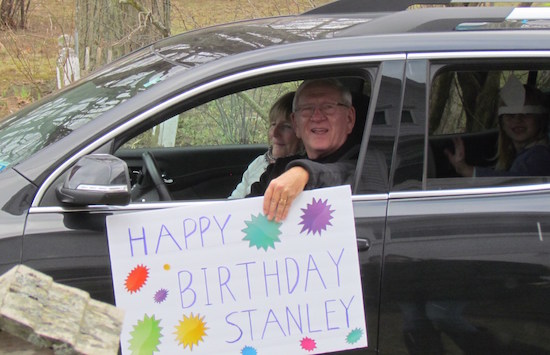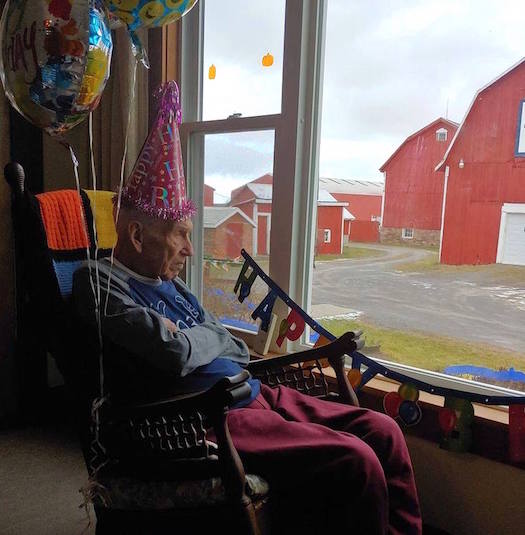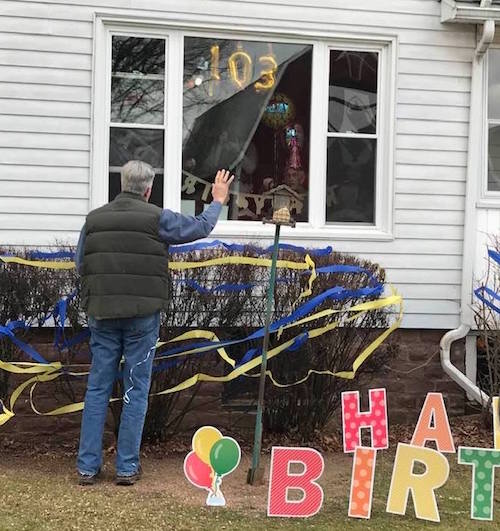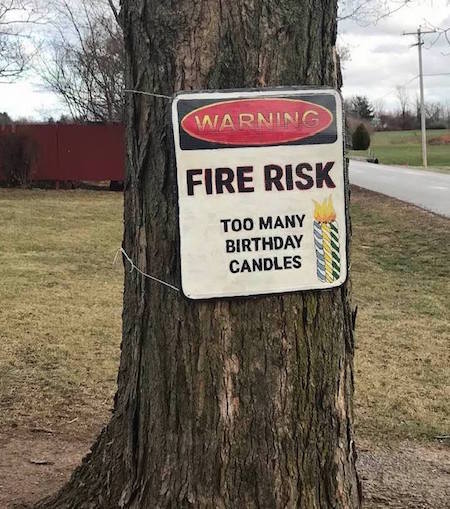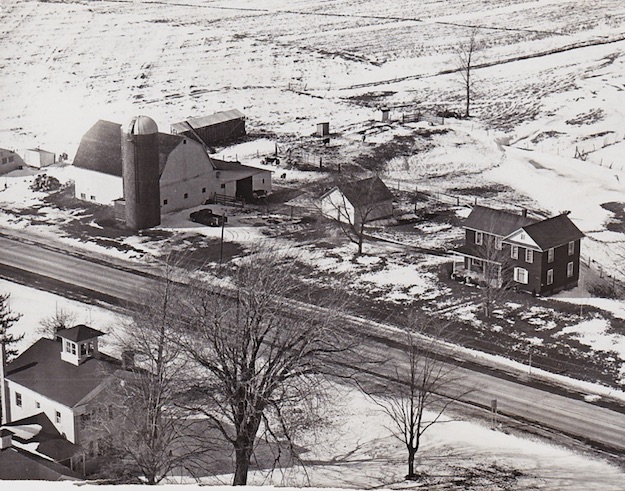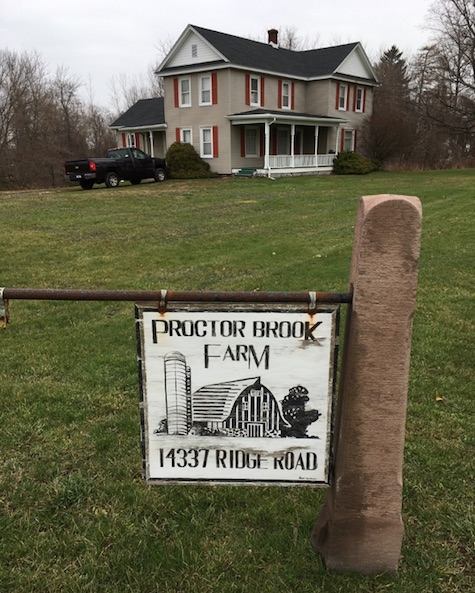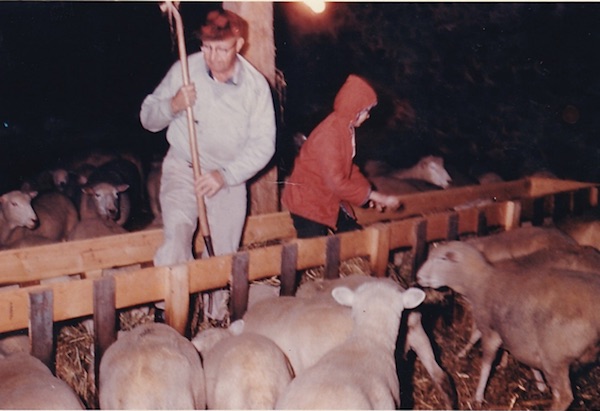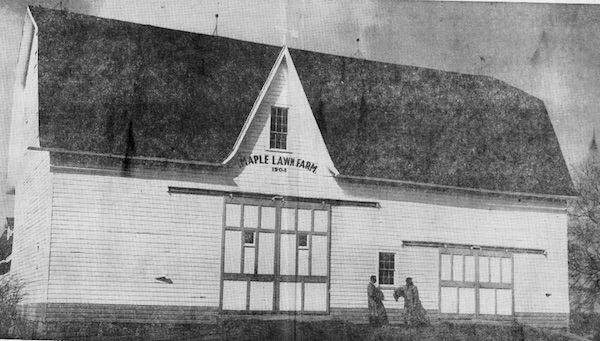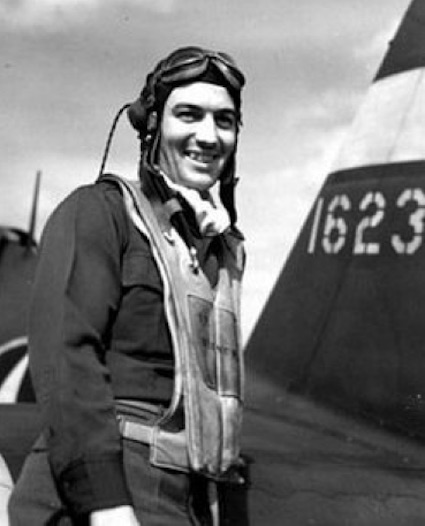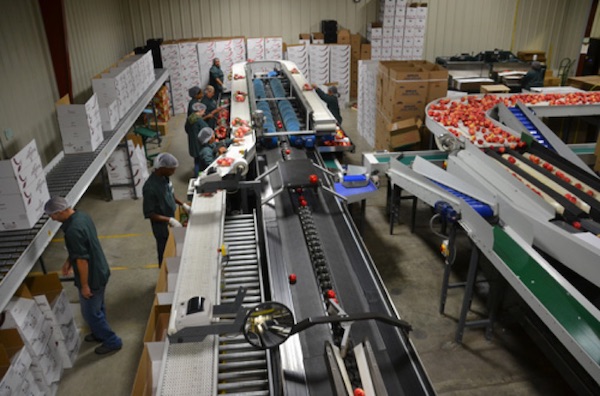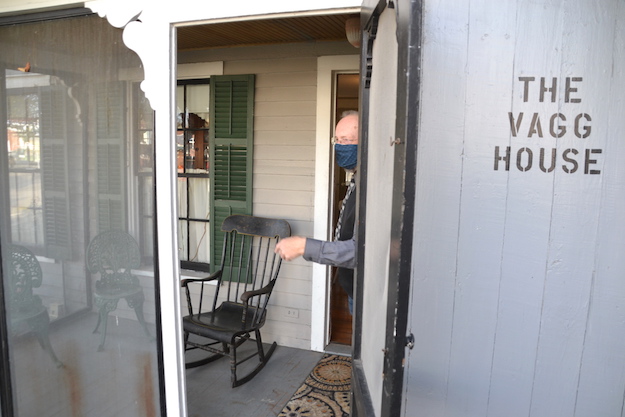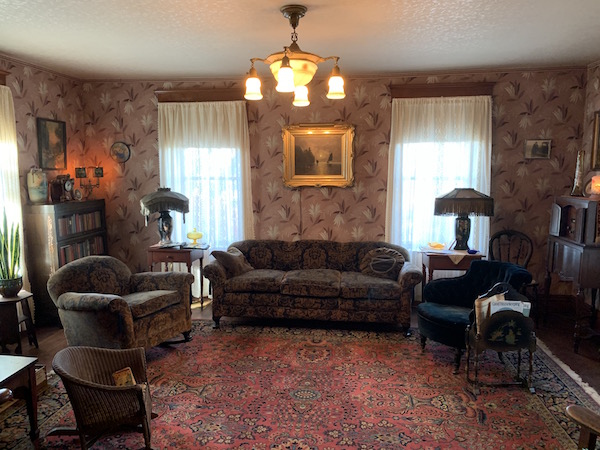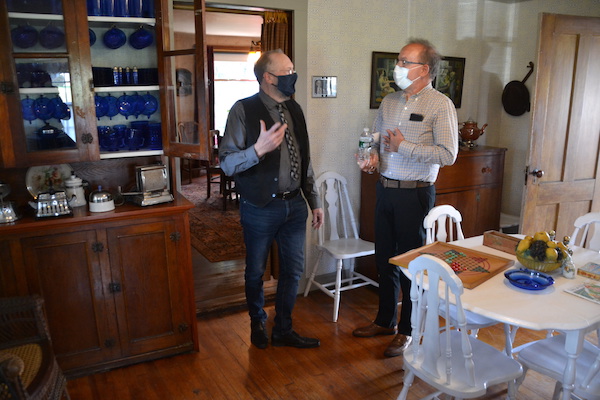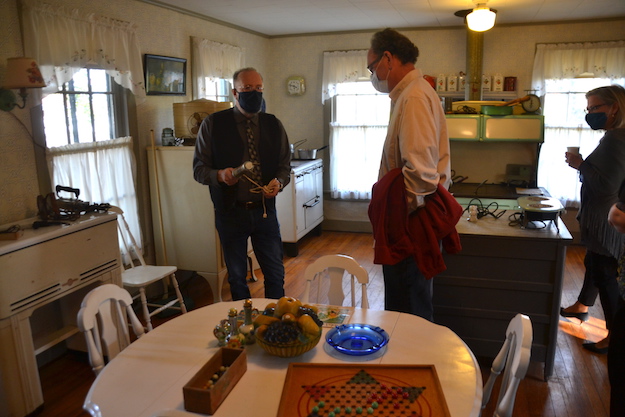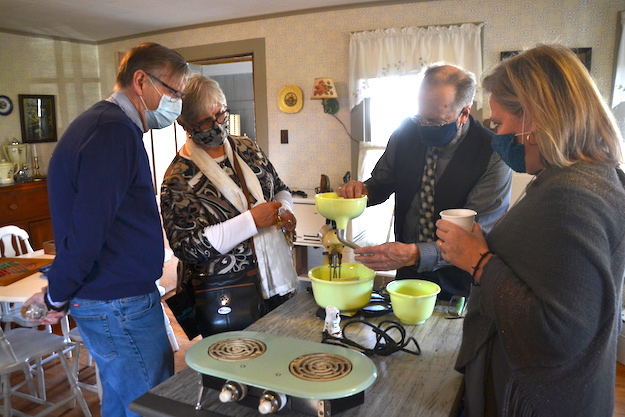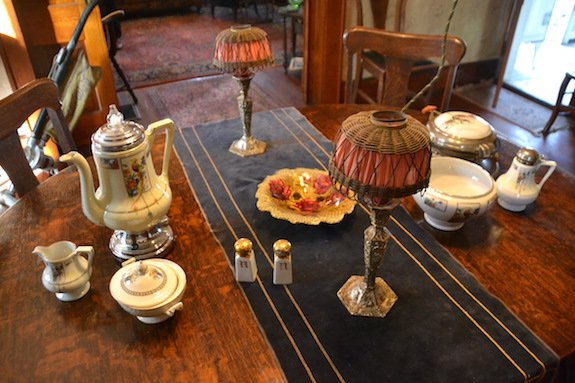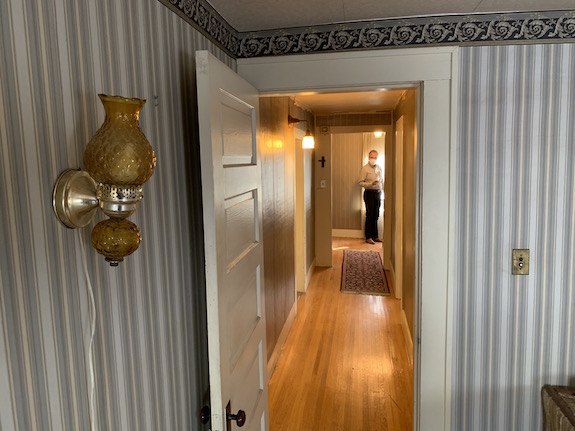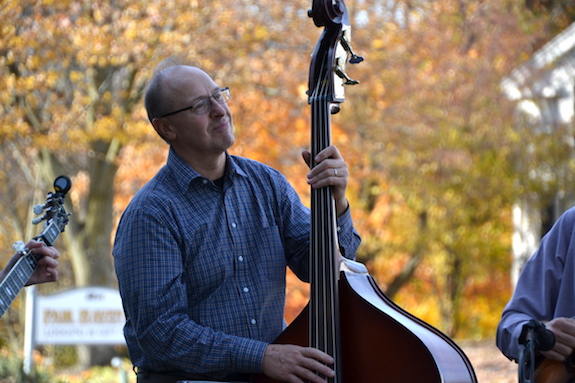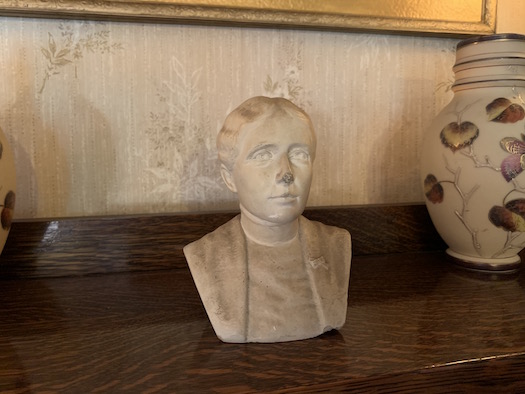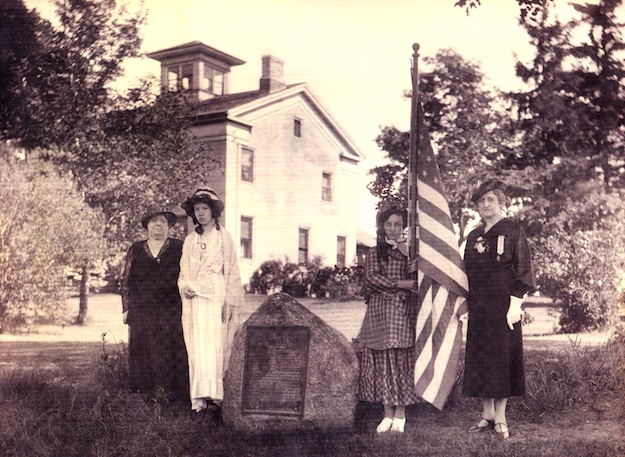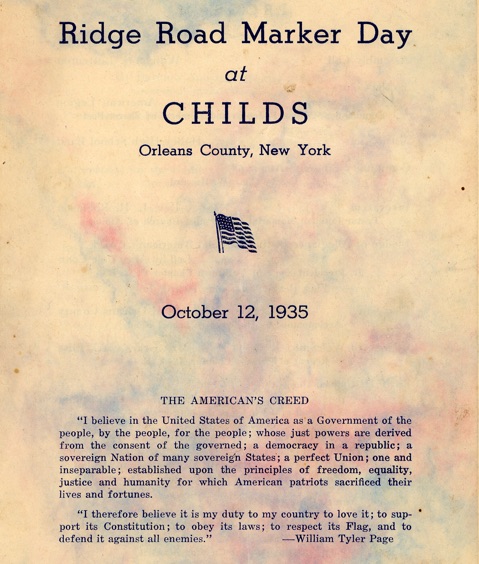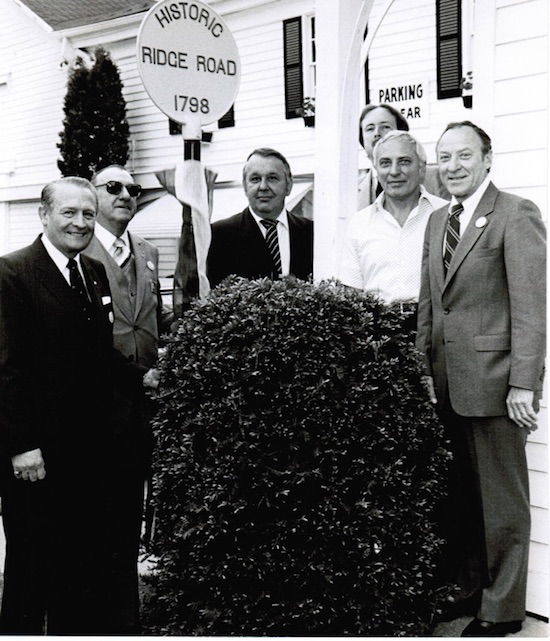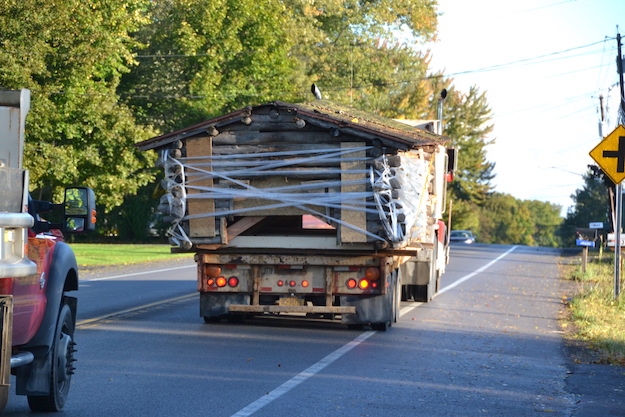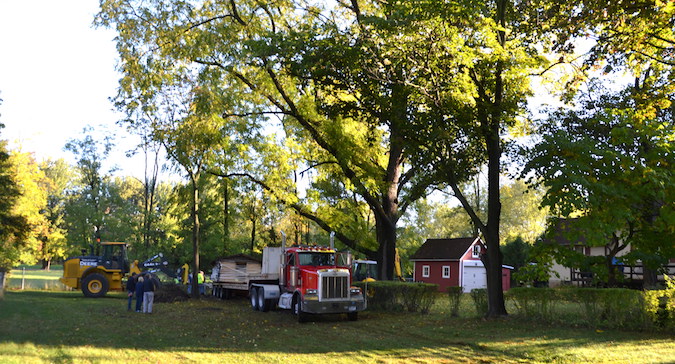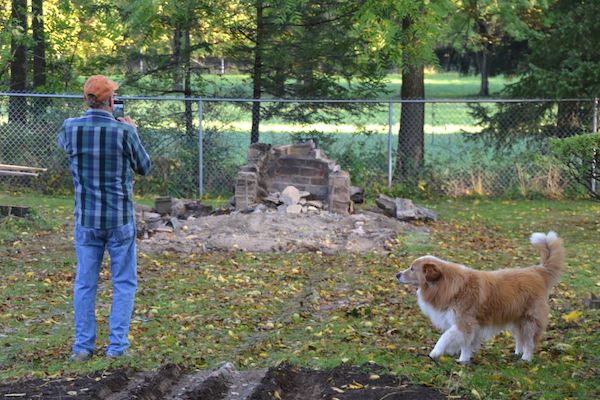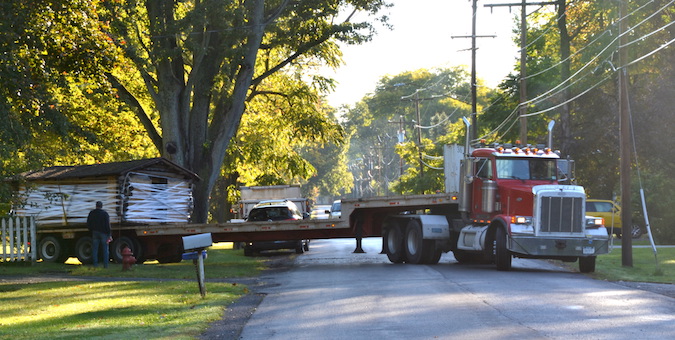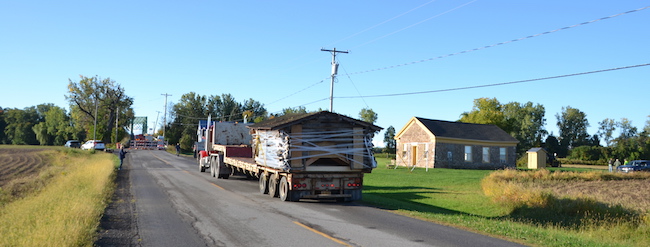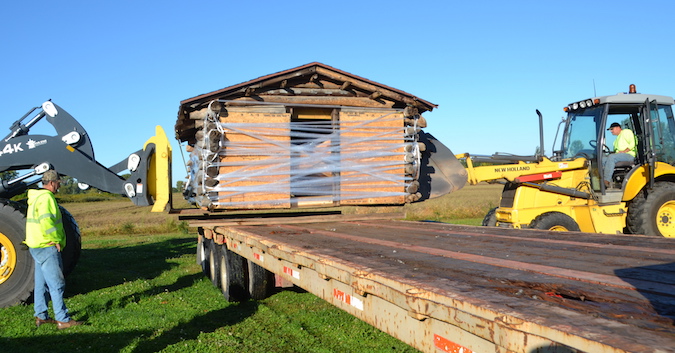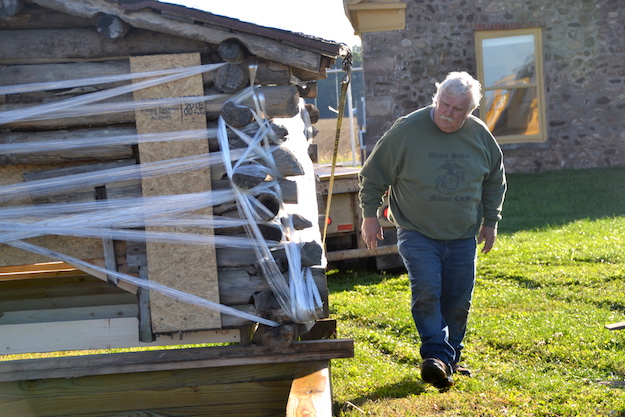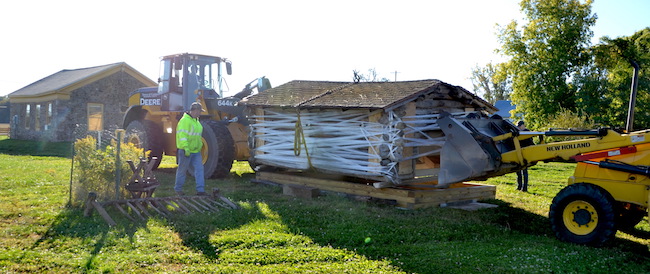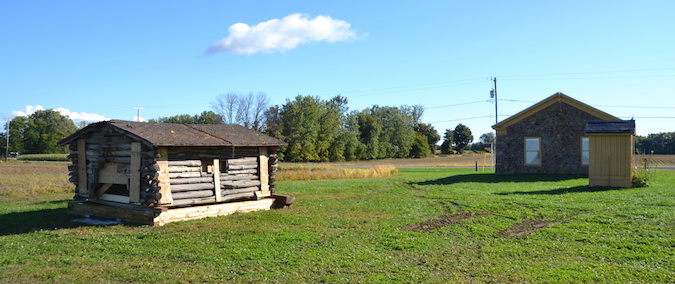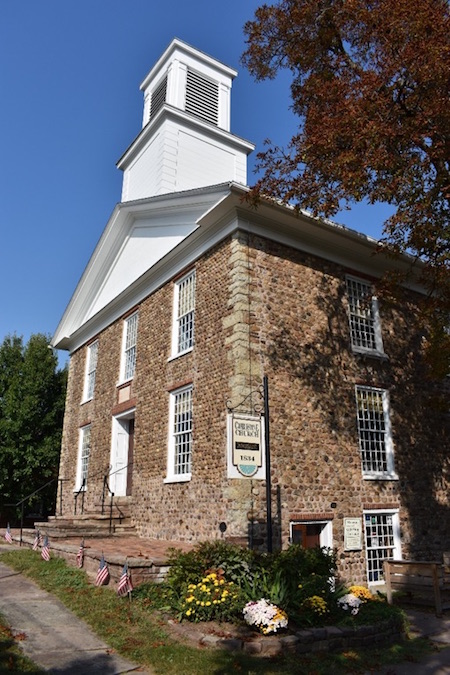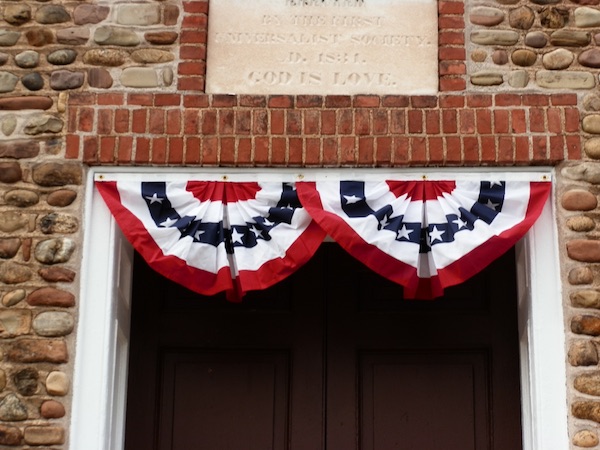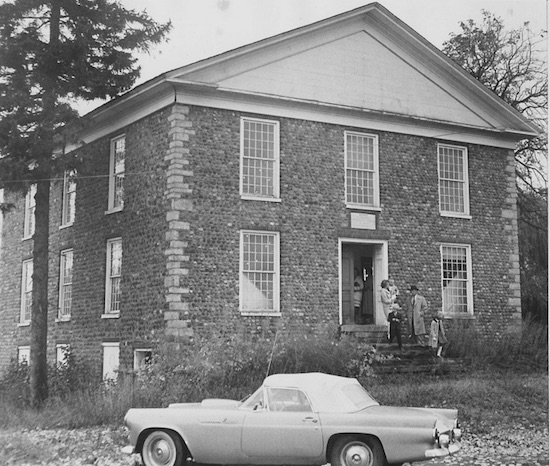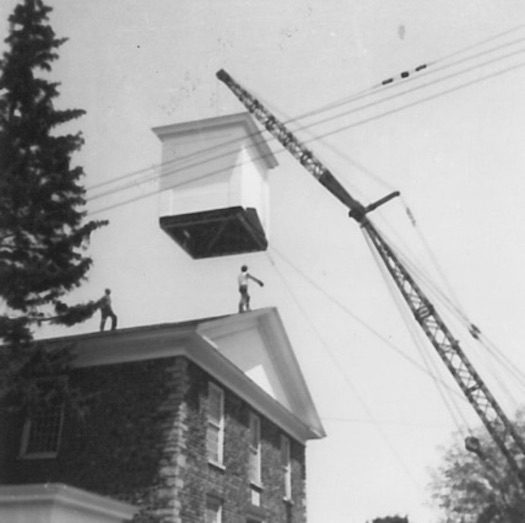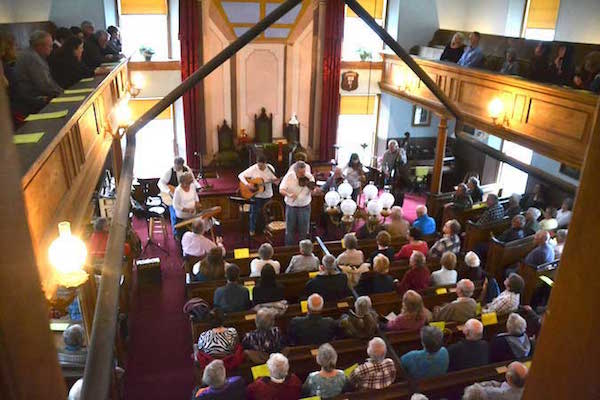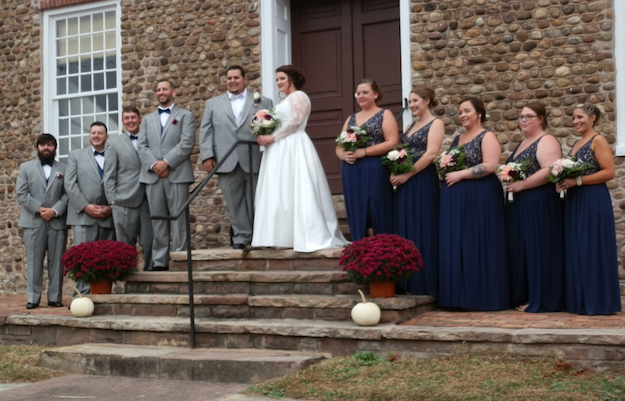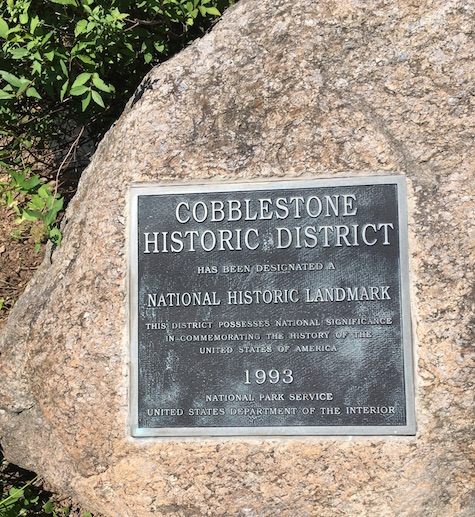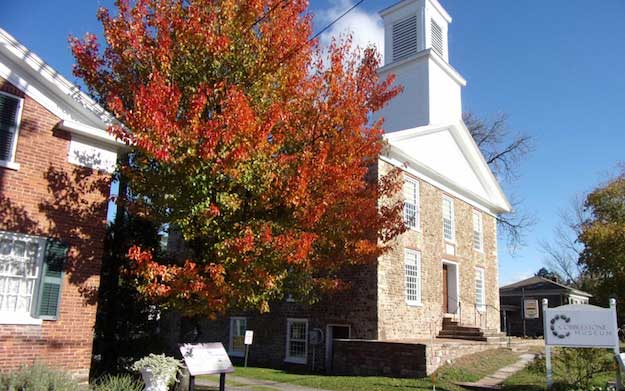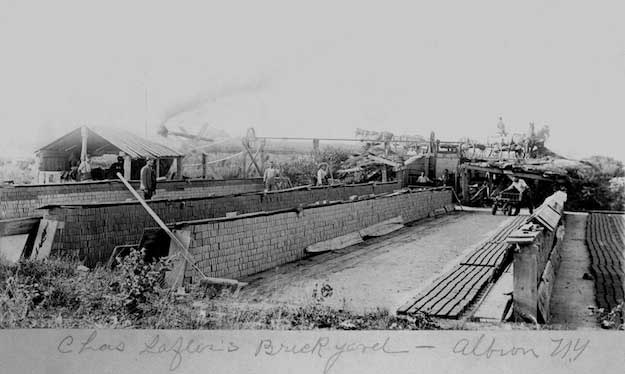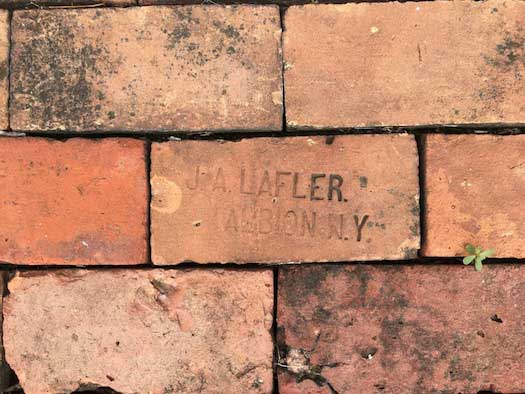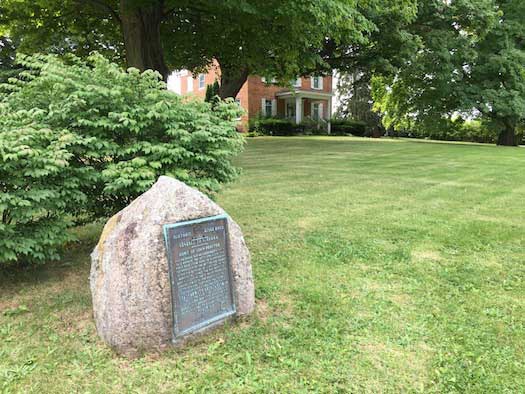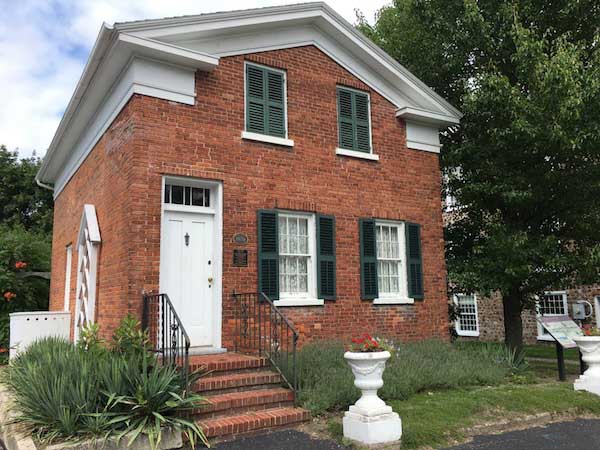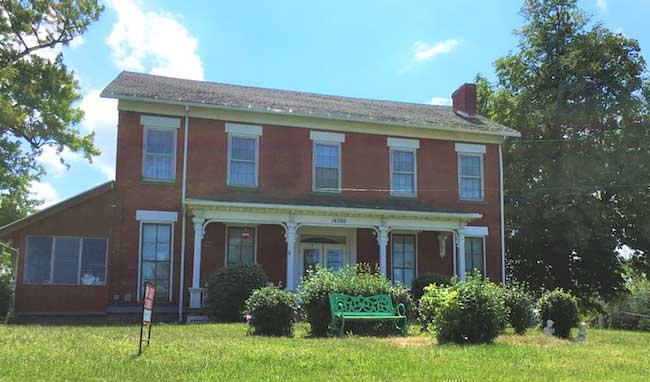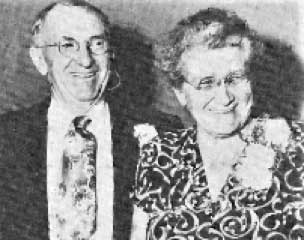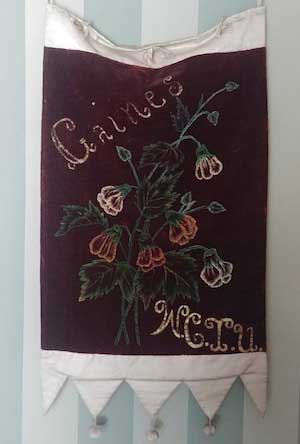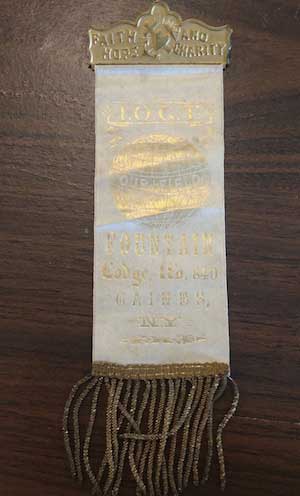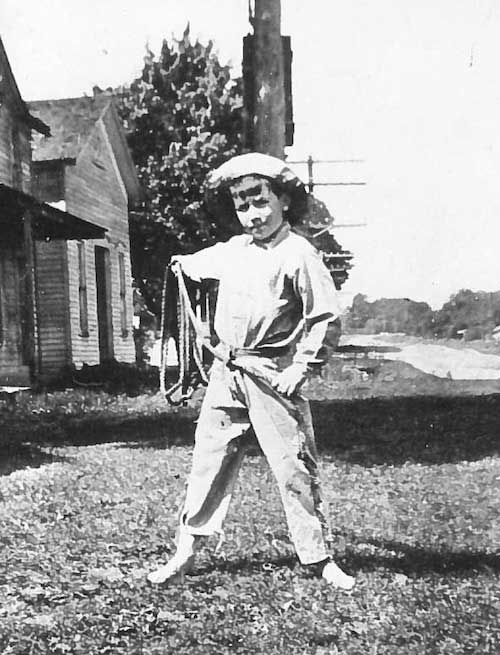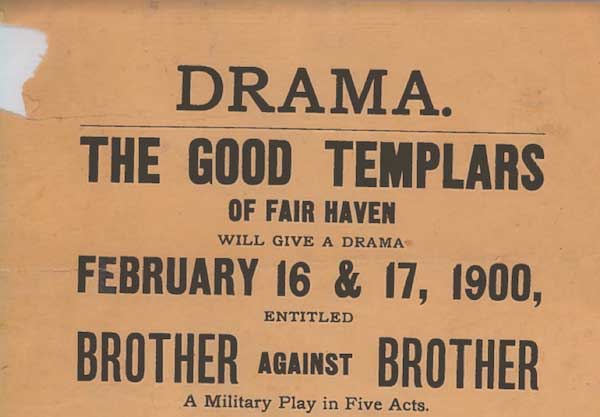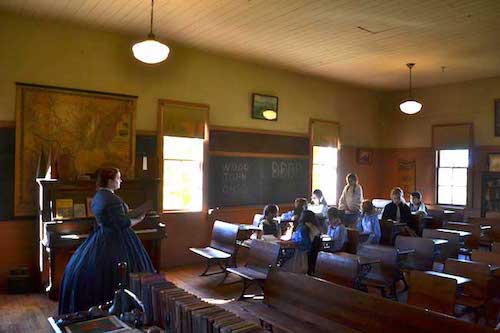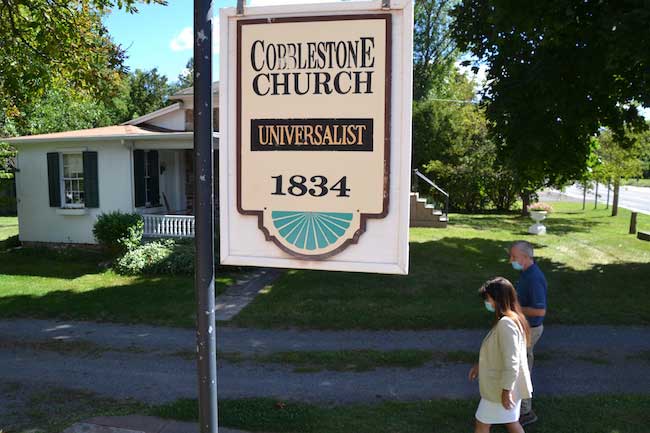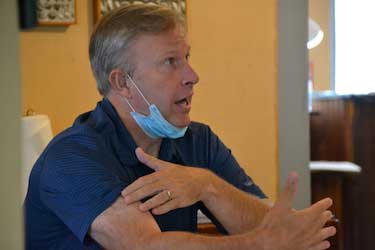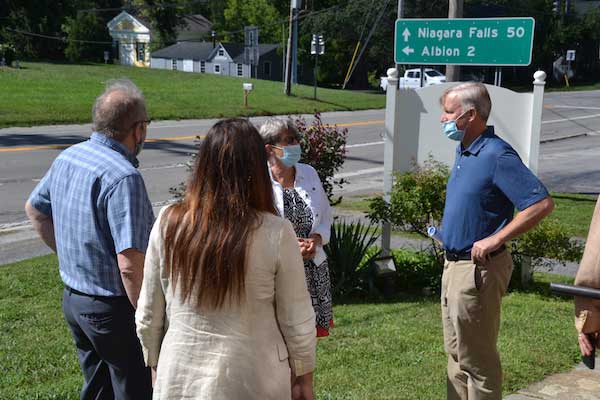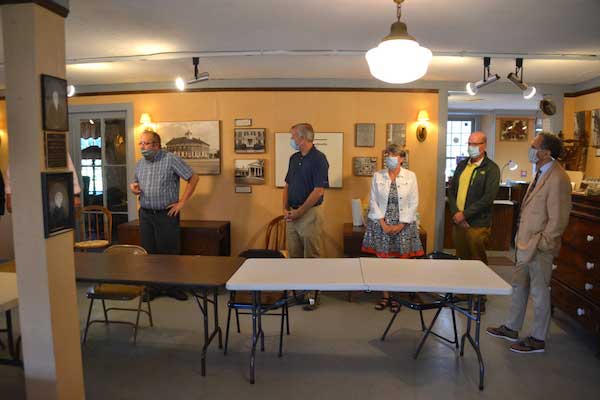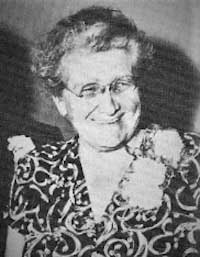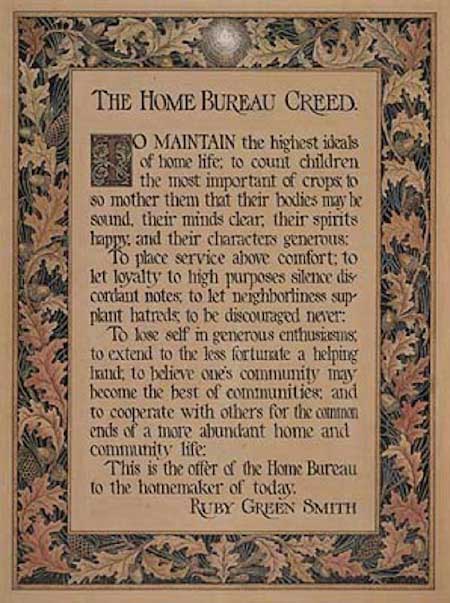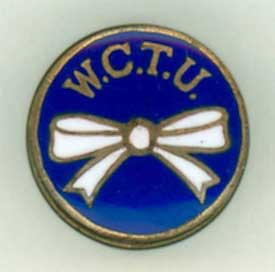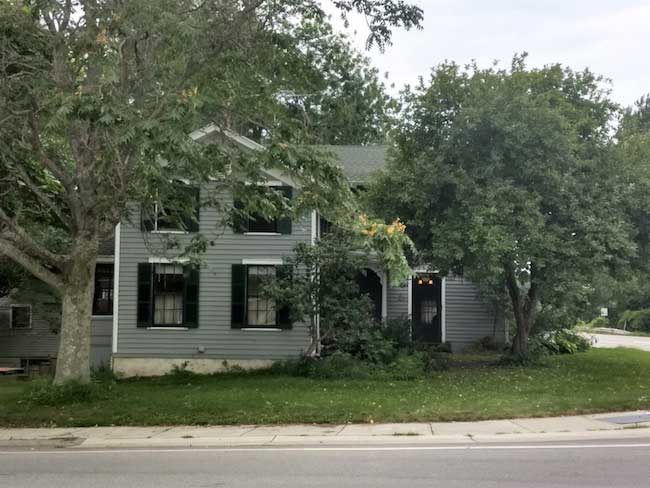Historic Childs: History of Agriculture, Part 4
Kast Farms, Lake Ontario Fruit have been innovative leaders
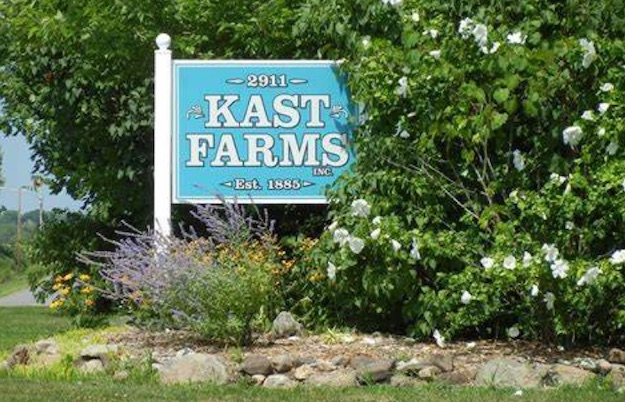
By Doug Farley, Director, Cobblestone Museum
GAINES – What we know today as Kast Farms, Inc., headquartered on Densmore Road in the Town of Gaines, also has had significant farming interests in the Hamlet of Childs for decades, including farm land on both sides of Ridge Road and adjoining Route 98.
With roots to 1885, the progenitor of the Kast family farm was John T. Kast, who married Ruth (Chapman) Kast in 1915. Ruth’s family members were also farmers, going back another generation to her father, Adelbert Chapman. John T. and Ruth Kast had son, J. Stanley Kast, who took over the farming interests from his parents in the 1950s.
Stanley, born in 1917, recently celebrated his 103rd birthday. He is still a source of information for the family farm today. Stanley’s son, David Kast, became a partner with his father in 1966. In 1989, Stanley passed the full ownership reins to his son, David Kast and wife Kathy, who are both very involved in the family farm today, along with their sons John & Brett. David and Kathy’s daughter Laura teaches school in Batavia.
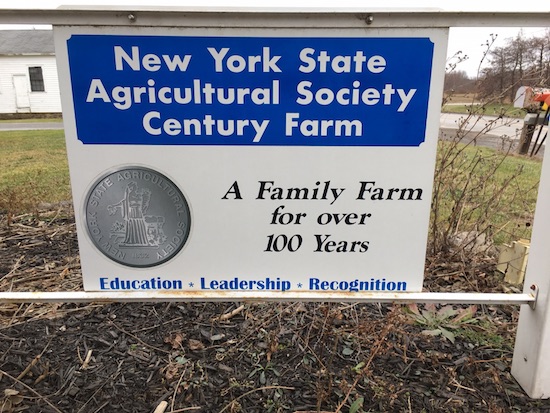
The Kast Farm was recognized as a “Century Farm” by NY Agricultural Society in 2015. In addition to farming, David, Kathy and sons have remained active in many farm, church and civic organizations.
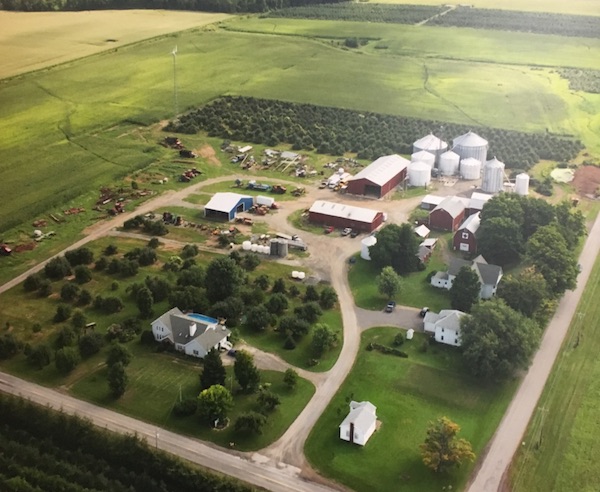
Kast Farms is highly diversified, farming over 4,000 acres, growing apples, sweet cherries, green beans, sweet corn, field corn, winter wheat and more recently, malting barley. David said, “We’re pretty progressive, willing to try new methods and technologies.” Perhaps that willingness to innovation resulted in the farm being chosen to receive the “I Love NY Farmer Award” in 2006. Gary Davy is the farm’s general manager today.
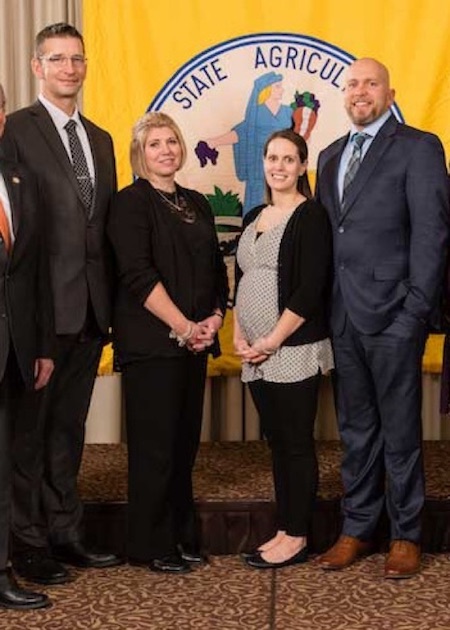
Brothers John and Brett Kast also received the “Next Generation Farmer Award” in 2018. John & Cheryl and Brett & Amanda Kast are seen here. They represent the fifth generation to operate their family farm.
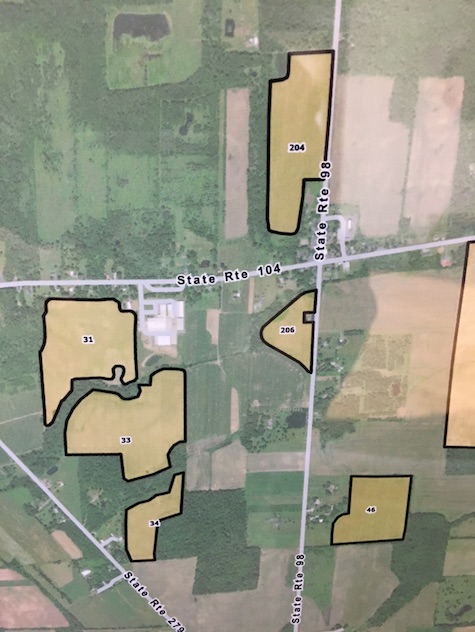
Dave Kast purchased over 100 acres of land on the west side of the Hamlet of Childs in the 1960s from Robert Schwartz. He continued to pick the fruit there for several years, and then made a decision to remove the orchards. The older trees in Childs had become more of a liability than an asset. David said, “Bob Kirby farmed next door to us, and he was in the process of bulldozing his orchard there, so I asked him to keep going and take down our trees, too.” Kast Farm continues farming in Childs with owned and managed properties as seen in this aerial photo.
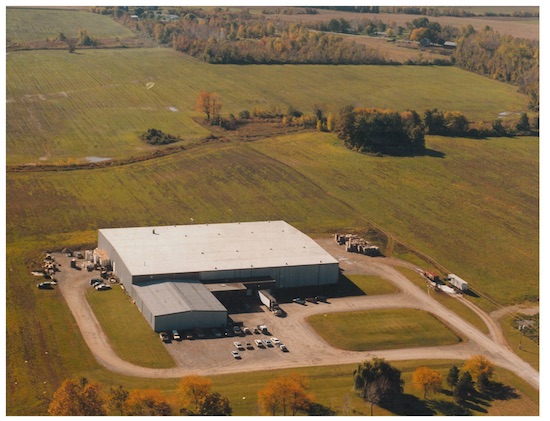
In the 1980’s, David Kast said he made the fortuitous decision to sell 10 acres of land in Childs to support another “new-concept.” At that time, local apple growers had pretty much maxed out the capacity of their primary buyer/packer, George LaMont. George, and his brother Roger, ran one of the area’s main packing/storage facilities for apples on their Densmore Road farm for many years.
By the end of the 1970s, that operation was not able to keep up with production and the demand for sales. George approached about a dozen local farmers to see if there was an interest in forming a partnership for the purpose of expanding fruit packing and storage in the area. The decision that they reached resulted in the formation of Lake Ridge Fruit Company, LLC in 1982 with 11 original partners from the local farming community.
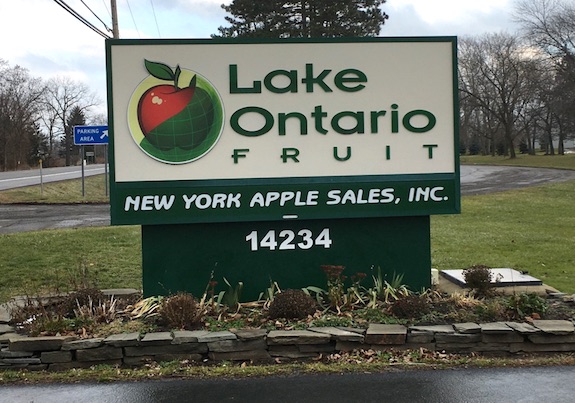
The siting of the plant in Childs resulted in convenient access to highway transportation and plenty of room for future expansion. Lake Ridge Fruit formed the operating company Lake Ontario Fruit to expand their sales force to market their apples to a larger geographic area.
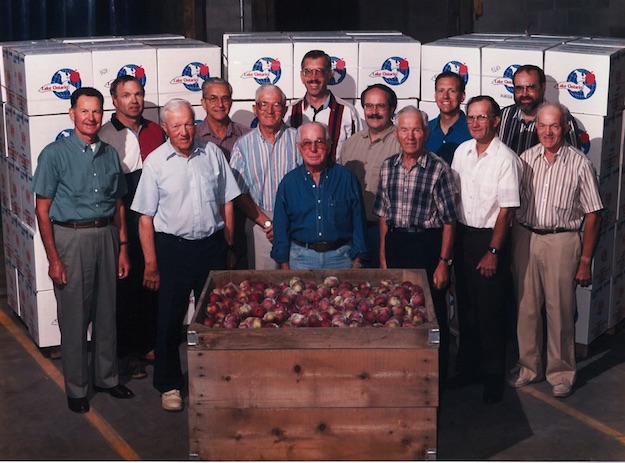
Photo Courtesy: Photos by Bruce & Assoc.
The original partners in Lake Ridge Fruit were: Pete Nesbitt (Pine Hill Farm), Roger LaMont (LaMont Farm), Francis Kirby, Ralph Brown, Bob Kirby, David Kast, Don Nesbitt & Fred Nesbitt (Silver Creek Farm), George Kirby, Bob Brown, George Lamont, John Kirby and General Manager Bill Gerling. David Kast served as President of the association for about 20 years.
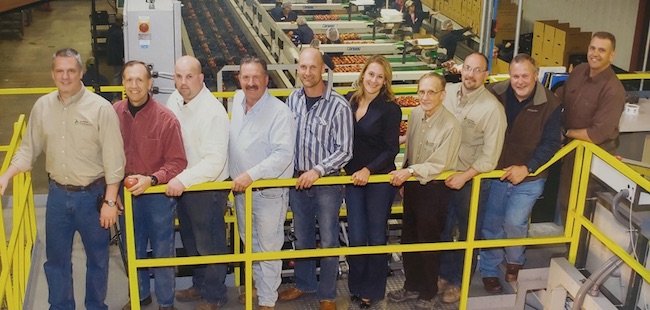
The current ownership group pictured here are (left to right) John Russell, Robert Brown II, Jason Woodworth, Steve Nesbitt, Mike Zingler, Kaari Stannard, George Lamont, Patrick Wodworth, Rod Farrow and Eric Brown. Not pictured are Scott Henning, Robert Brown III and Jose Iniguez. It is with great sadness that the team noted the passing of George Lamont in 2020, a man who first saw the vision for the apple plant and worked to make it a reality.
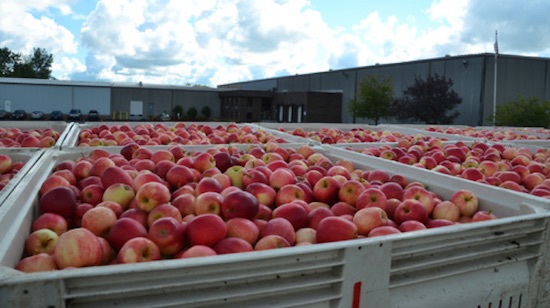
Lake Ontario Fruit, Inc. has grown into one of the largest apple packing and storage operations in the Northeast. The apple plant packages over a million bushels of fresh apple each year. Bins of Gala apples are shown here.
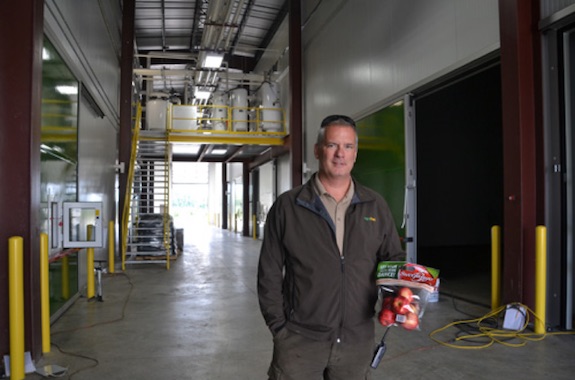
The consortium is led today by John Russell, President/CEO and Partner. Russell is a natural for this position, coming from a highly respected farming family in Niagara County. He said, “Many of our member-growers have recently planted more acreage of popular apple varieties, such as Honeycrisp and SweeTango. Prior to the last expansion, Lake Ontario Fruit needed to rent additional storage facilities at other locations, but all apples are now stored at our own facility.”

Photo Courtesy: Photos by Bruce & Assoc.
Multi-million dollar expansions were made to the original plant in 2010 and 2013, bringing the total square-footage under roof to 185,000 square feet.
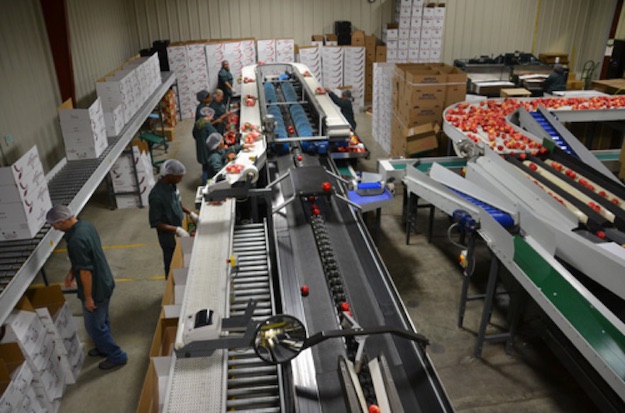
Modern packing equipment is a boost to the local economy that employs about 100 workers in the peak season. Many local and national supermarket chains carry Lake Ontario Fruit apples including Wegmans, Wal-Mart, Tops, and Aldi’s. You can find Lake Ontario Fruit apples in supermarkets under the “NY Apple Sales” label or the newly added “Yes! Apples.” John Russell added, “Apples are all we do and our future is bright. Many of our local apple growers have moved into newer varieties to meet growing consumer demand. We stand by our moto: Great People, Great Apples, Great Future.”














